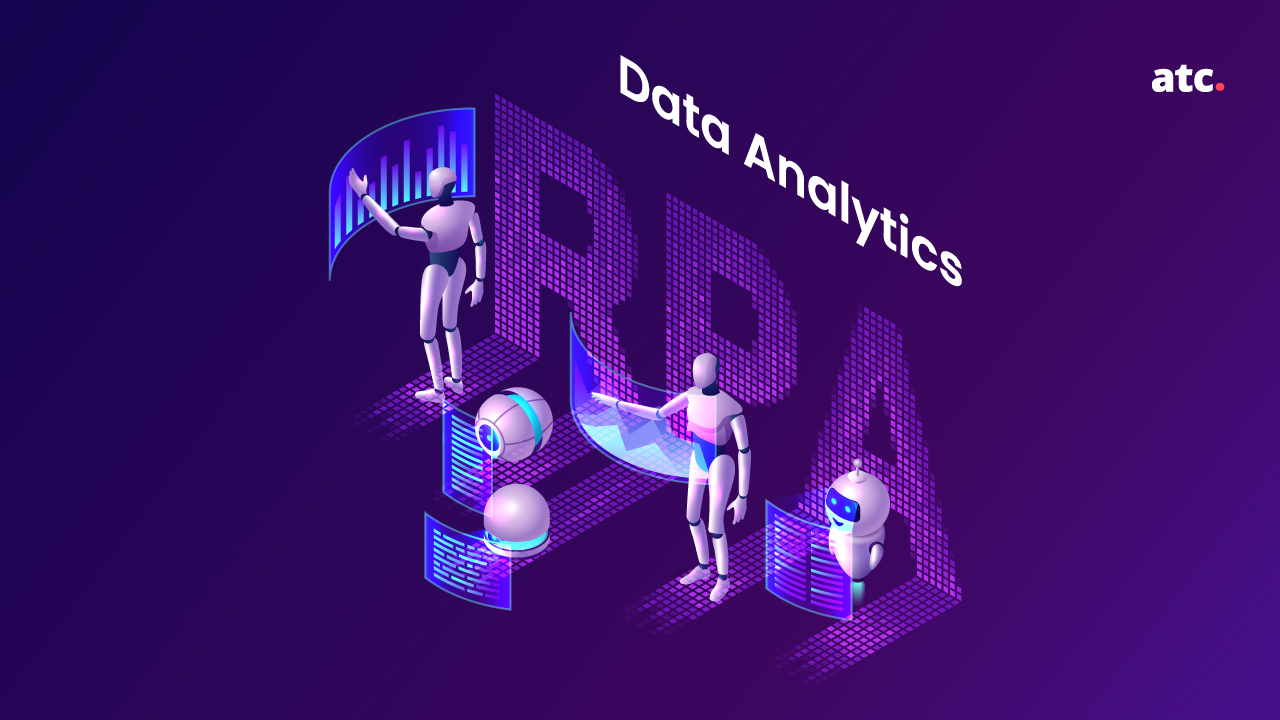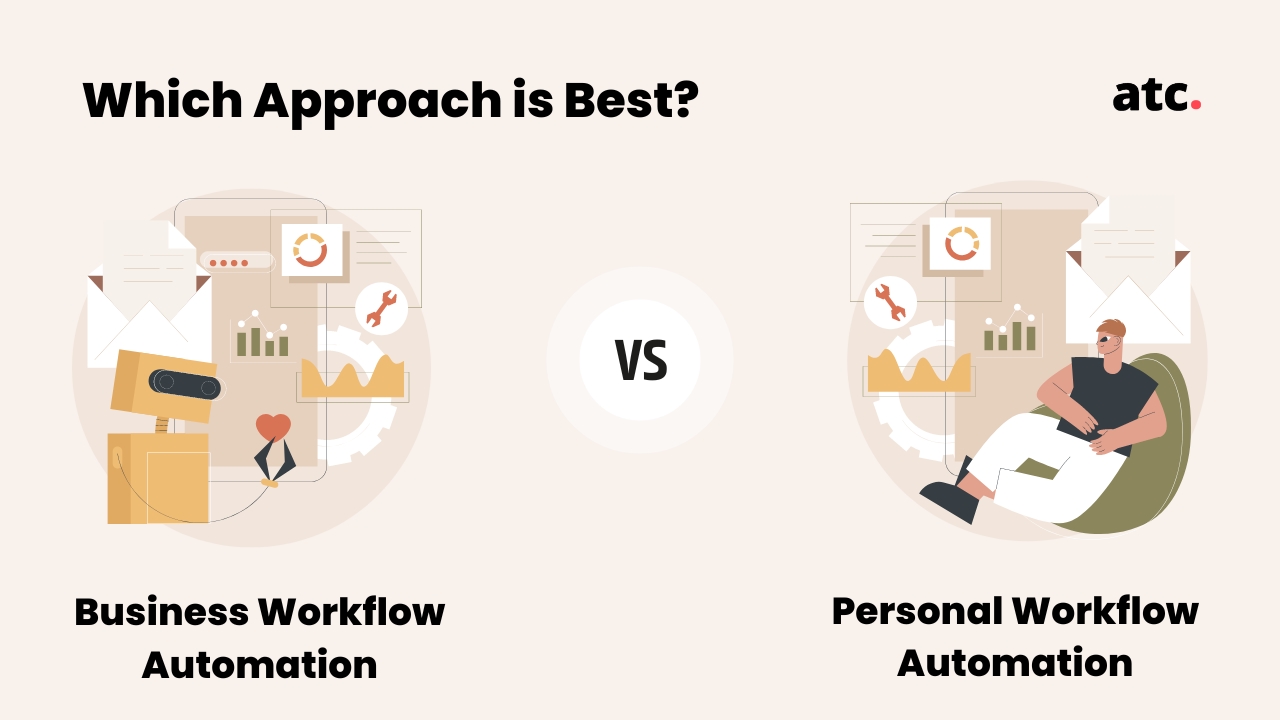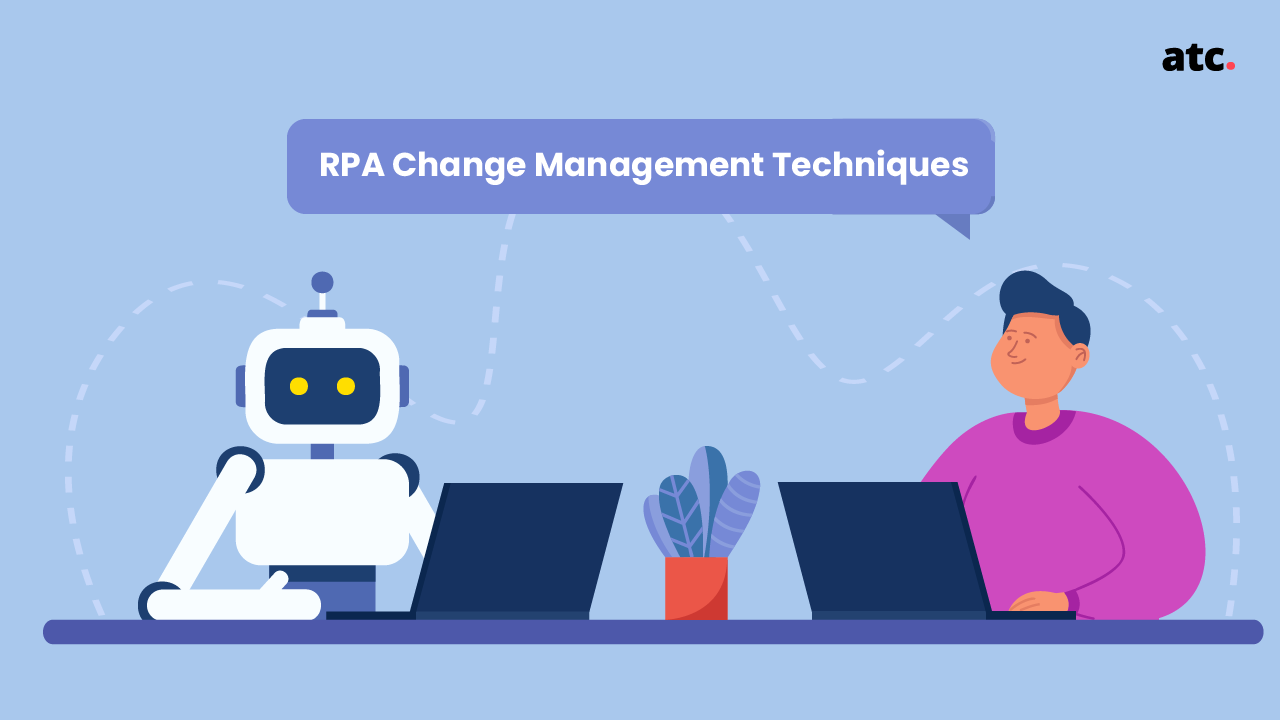Subscribe to the blog
Robotic Process Automation (RPA) has evolved rapidly from screen scraping software in the 1990s to being recognized as an essential tool for digital transformation today. According to a paper published by ‘The Economist’, more than 90% of organizations believe that implementing RPA in their business processes has helped them transform businesses. By improving efficiency, optimizing processes, refining services/products, empowering employees, and also increasing customer satisfaction, the implementation of RPA has proven to be a catalyst of growth for many. Read how RPA has impacted ‘Key Industries’ here.
Automation has unencumbered employees by taking over repetitive, time-consuming tasks, allowing them to focus on things that require intellect and decision-making skills. Over time organizations have developed creative ways to use the amazing potential of RPA in business processes.
One such way of realizing the true potential of RPA is through its use in data analytics. By definition, predicting the progress or growth of the business through a systematic computational analysis of data or statistics is known as data analytics. Data analytics be used as a tool for finding, interpreting, and communicating important patterns in the data collected. These patterns can help predict trends in the market, demand, the popularity of products/services, and consumer insights. This is crucial information that comes in handy while strategizing and planning the next best move for the organization. With the right data, it is possible to avoid obstacles or overcome them. But how easy or hard can it be to collect useful data?
The Traditional Way of collecting data and the issues faced
The traditional ways of collecting data for analytics were manual and done by making entries in excel sheets, ticking boxes in questionnaires, direct observation, or in-person interviews to get consumer feedback.
Companies faced multiple issues while collecting data for analytics manually, some of which were:
- Insufficient feedback from sources because of the limited scope of surveys, such surveys might not be able to reach the target clientele thus not being able to provide accurate results.
- The data collected was not enough to determine the consumers’ expectations regarding the product.
- The relevance of the data was compromised because of insecure means of data collection.
- The quality of collected data was low since employees lacked training in how to gather relevant data by asking the right questions.
The traditional data collection processes were time-consuming and the gathered data was not accurate compared to the invested time and resources. This made it difficult for companies to draw a conclusion on what changes need to be made to the service/product to maximize customer satisfaction and in turn, maximize profit.
Collecting Data made efficient with RPA
It won’t be an exaggeration to say that RPA and Data have a symbiotic relationship, it’s been explained here in detail. But to summarise, by using these bots, you can automate your predictable, mundane tasks. Your database management, IT processes, and other operations can all benefit from RPA. Automating tasks through RPA helps gather relevant information more efficiently and counter the issues mentioned above:
Data Cleansing:
It is the process of correcting faulty, incomplete, duplicate, or otherwise inaccurate data in a data set. It involves finding data inaccuracies and then correcting them by revising, updating, or discarding data.
RPA can be programmed with custom rules that will enable it to rectify or modify data as required by the business process. This way the quality of the collected data is better with no extra effort required by the employees.
Data Verification:
The process of validating or verifying if the data is accurate by running an automated search through platforms or databases.
Automation solutions can validate and verify data across numerous databases and cross-check that all of your company's data is accurate and up-to-date. RPA can send out automated email notifications to alert the concerned personnel of any faults or problems found that require human intellect to solve.
Data Management:
Tasks such as data entry, transferring, deleting, or modifying are easier to manage through automation.
All the mentioned tasks follow certain protocols and rules that are repetitive in nature, hence they can be easily programmed into the automation solution to make data management tasks easier
Data Sorting:
Sorting data is time-consuming, especially when the data can be unstructured and from various sources making it difficult to organize.
But this tedious task of sorting can be made easy through automation, RPA solutions help sort the data in a structured way which makes it easy to understand, analyze and present data more efficiently. This feature of RPA is most useful for creating reports and charts for evaluation.
Data Collection:
RPA bots collect data from clients' online touchpoints, such as purchasing habits and how much money is spent.
This data can be used to evaluate sources, produce reports, examine data, and compare it with previously collected data. Collecting large amounts of data fast and accurately can be made possible through automation with allows organizations to form proper analyses of the business.
Data Entry:
Inputting information through automation is the fastest way to gather data without any errors or faults and safely avoid miscalculations while decision-making. Data input requires high levels of accuracy and is error-prone if done manually by humans. To achieve accuracy without comprising productivity, RPA solutions have been proven to be useful to organizations.
RPA solutions are trusted with these tasks, and they fulfill them all with excellent accuracy and deliver the data without faults.
‘Data’ being the most essential tool for organizations to grow, let’s take a look at how RPA helps with dealing with ‘Big Data’ which is useful for analytics.
What is Big Data?
The term "big data" refers to data that is extremely large in size and refers to the large volume of data that organizations generate on a daily basis. It is a large collection of data sets that continues to grow rapidly over time. These data sets are huge and with several fields, and can be categorized as Structured, Semi-structured, and Unstructured data. Data of such variety, volume, and velocity are beneficial for statistics and in machine learning, predictive modeling, and other advanced analytics applications. However, it is difficult for traditional data-processing solutions to handle data sets so complex, that’s where RPA comes in handy.
Why RPA is big in BIG DATA and Data Analytics?
Big data analytics enables businesses in harnessing their data and identifying new opportunities. As a result, smarter business decisions, more effective operations, higher profits, and happier consumers are the result. Businesses that combine big data with advanced analytics can use this strategy to its full potential with the help of Automation. RPA is capable of handling big volumes of data and gathering, sorting, and manipulating the data as programmed to get the desired output. Let’s briefly learn about some perks of using RPA for Big Data analytics:
Data Entry:
One of the best things about the use of RPA bots in data collection is that bots can take over the monotonous task of data entry and free up employees to be able to do more creative and productive activities. Bots can be built and programmed to be capable of handling data entry in a wide range of applications. Data entry bots eliminate all possibilities of errors that are possible when a human manually enters data.
Data Integration:
With RPA, data can be sorted and arranged effortlessly from various sources and put together in a way that is easily accessible to view and analyze. RPA helps in making this process of integrating data from different sources easy and error-free.
Data Migration:
When companies need to upgrade systems, and databases, make changes to the structure or merge new data, they need to safely be able to migrate or manipulate data to a safer location to avoid data loss or misplacement that can cost the company a fortune. This is when RPA comes into the picture. It can transfer, migrate and manipulate data without any glitches.
These features of RPA hold great value for Data Analytics since it makes handling Big Data efficient and safe. The benefits of using RPA for Data Analytics don’t end here, RPA offers many more advantages such as:
- There are little to no errors when automation is used to collect information from platforms, sites, forms, or any source that it is programmed to extract information from.
- Data collection through RPA for analytics is extremely cost-efficient compared to employing multiple resources and asking them to manually gather information or feedback from the consumers.
- All insights that are derived through the data gathered with Automation tools are in real-time. This means, that once deployed the RPA keeps collecting and gathering data 24x7 in real-time with no delays.
- The accuracy of the data collected by automation is flawless compared to a human collecting and inputting the data manually.
- All the analytics collected by RPA are sorted and stored in an organized manner which makes it convenient and easily accessible whenever required.
With all the RPA tools, the data and information collected are of the highest accuracy which provides analytics of the same accuracy and assists in better decision-making for what’s best for the business.
Final Words:
RPA has evolved to the point where they are considered a must-have tool for the growth of an organization, but analyzing the data provided and making logical decisions is still in the hand of humans. Many organizations have made the logical decision of implementing RPA in their business and are trying to utilize the complete potential of Automation.
There are endless possibilities for growth using RPA if you’re aware of the know-how. From leveraging RPA, various tools, and strategies to building a suitable RPA implementation Roadmap for your company, ATC’s skilled team of professionals would be delighted to get the information you need. Get in touch with us and we’d be happy to help.




